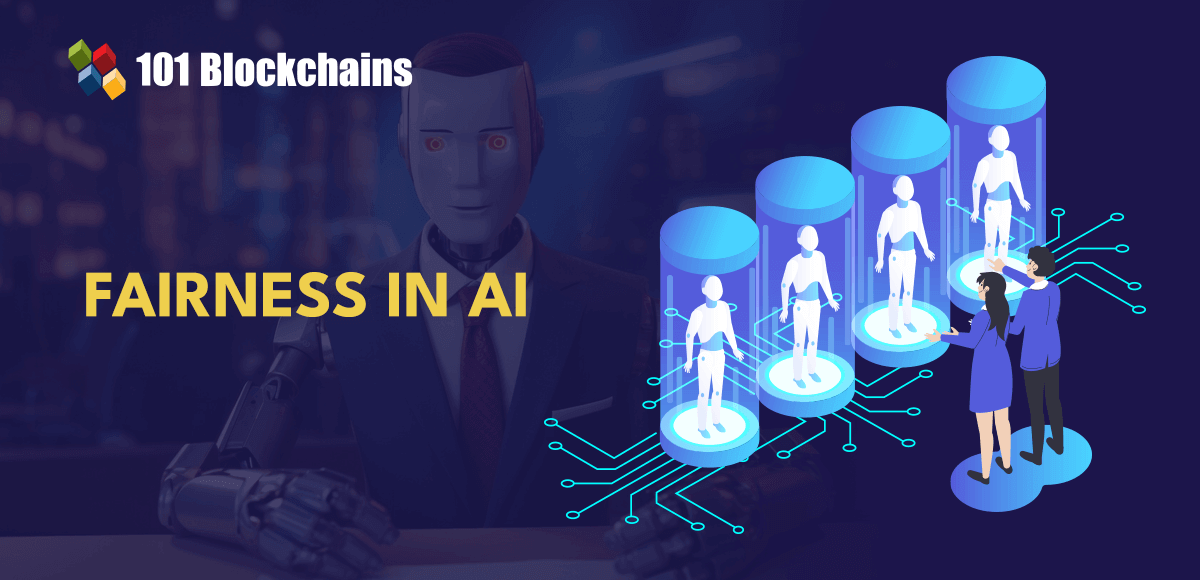The introduction of new blockchain networks has generated significant excitement regarding their functionalities and value propositions. It is evident that each new blockchain network brings about innovative features or follows the same model utilized in other blockchain networks. Solana is a prime example of a blockchain network that has the potential to challenge conventional rules.
The standout feature of the Solana blockchain is the Solana Program Library (SPL). Solana has emerged as a promising alternative in the blockchain landscape, offering faster development of secure smart contracts. It presents a different approach to token creation compared to ERC standards with its SPL standard. Discussions surrounding SPL and its mechanisms shed light on the importance of the Solana Program guide and how Solana programs operate.
SPL is a dedicated documentation library that includes various types of pre-compiled, optimized, and deployed programs that can be utilized on Solana. Let’s delve deeper into SPL and Solana programs to understand the significance of SPL for the Solana blockchain and web3.
Build your expertise as a certified blockchain professional with 101 Blockchains’ Blockchain Certifications, designed to enhance your career prospects.
Definition of Solana Programs
To effectively comprehend SPL in Solana, it is essential to understand the definition of a program. You can gain a better understanding of “What is Solana Program Library?” by delving into the concept of Solana programs. Solana programs are a type of smart contract that contains executable code stored in buffer storage, also known as accounts. Similar to smart contracts on Ethereum or EVM-compatible blockchains, Solana programs can be executed through transactions. However, Solana programs differ from smart contracts in a significant aspect.
In Ethereum, the program and its state are stored together in smart contracts. In contrast, Solana follows a stateless program model in which accounts are responsible for storing data and programs.
Solana Accounts
A Solana program tutorial can help you understand the meaning and functionality of Solana accounts. Solana accounts refer to records in the Solana ledger that can store data or act as executable programs. To simplify, imagine Solana as a database and accounts as rows in that database. Public keys serve as IDs, while the value represents the information stored in the accounts. This information can include programs, data, or the state of the program.
Accounts can be identified using a public key, which is a 256-byte string of characters. Solana maintains a logical separation between code and the data within it, resulting in the creation of two different types of accounts: executable and non-executable accounts. Executable accounts solely store the program code and have a distinct marker. On the other hand, non-executable accounts store data that the program utilizes, such as variables, program state, and assets.
Anyone can read the data in non-executable accounts, but only the program owner or deployer has privileges to modify the data. Validator nodes are responsible for maintaining accounts and charge a cost, known as “Rent,” for providing memory space to store information in non-executable accounts. Rent is paid using “lamports,” which are fractional divisions of SOL tokens, the native token of the Solana blockchain.
Start your blockchain journey now with the Blockchains Fundamentals Free Course.
Importance of Sealevel Parallel Runtime in Solana
Another crucial aspect of learning about SPL is understanding Sealevel Parallel Runtime. It plays a vital role in answering the question of how Solana programs work and serves as an essential tool for maintaining Solana code and program data. Sealevel Parallel Runtime is a parallel transaction processing system on the Solana blockchain.
In traditional single-threaded blockchain networks, transactions are processed one at a time to avoid concurrency. Ethereum’s smart contracts are stateful, with the state and code existing together in the contract. Sealevel ensures that Solana can process thousands of transactions in parallel without conflicts. Solana leverages multiple validator cores to execute transactions with a block time of around 400 milliseconds and a throughput of 50,000 transactions per second. This is achievable because transaction instructions are stateless and determine the account in which data needs to be modified in advance. It’s important to note that programs can run simultaneously without using the same account data.
Variants of Solana Programs
Much of the discussion surrounding the Solana Program Library revolves around Solana programs. Understanding the different types of Solana programs is crucial to grasp the significance of SPL. There are two distinct variants of Solana programs: native programs and on-chain programs.
Native programs handle the implementation of core functionalities within the Solana network. They are responsible for tasks such as creating new accounts, enforcing Solana network rules, managing account storage allocation, and transaction processing. Native programs are integral components of the core blockchain model of Solana and are written in low-level languages like C, C++, and Rust for optimization in security and performance. Any program or user can call native programs.
Another key aspect of native programs is that they can only be updated during core blockchain upgrades or cluster upgrades. These upgrades focus on improving performance, adding new features, or fixing bugs. The Solana program’s operation is further secured by three types of native programs: system programs, stake programs, and Berkeley Packet Filter (BPF) programs.
System programs are responsible for creating new accounts, transferring SOL tokens between accounts, and assigning account ownership. They can also perform other functions related to account management. BPF programs handle deployment, execution, and upgrades on the chain. Stake programs manage SOL token staking on the Solana blockchain.
The next category of native programs in Solana is on-chain programs. These programs are scripted by users or smart contracts deployed on the blockchain. They are not part of the core Solana cluster and do not play a mandatory role in the operations of the Solana blockchain. On-chain programs are developed using the core infrastructure provided by native programs. Developers can use on-chain programs to create a wide range of applications and solutions on the Solana blockchain. Data accounts are used to store data that programs interact with, and the data can be passed as references through instructions. Only the account owner can upgrade program data.
Curious to understand the complete smart contract development lifecycle? Enroll now in the Smart Contracts Development Course.
Definition of Solana Program Library
The Solana Program Library (SPL) is a collection of pre-defined modular programs that facilitate the development of decentralized applications (dApps) on the Solana blockchain. SPL serves as a valuable tool for developers, offering a collection of modular and reusable components that can be integrated into dApps. This reduces the need to write complex code from scratch. SPL adopts a “building block” approach, making it easier for developers to integrate components into their applications. It includes various on-chain generic programs and the Token program, along with variations of the Token program that facilitate tokenization in projects.
Prerequisites for Interacting with SPL
Interacting with SPL requires certain prerequisites, as highlighted in a Solana program tutorial. You can choose between the CLI approach and the JS approach for interacting with SPL. The JS approach utilizes Solana/web3.js to facilitate interaction between JavaScript code and Solana.
Source link























